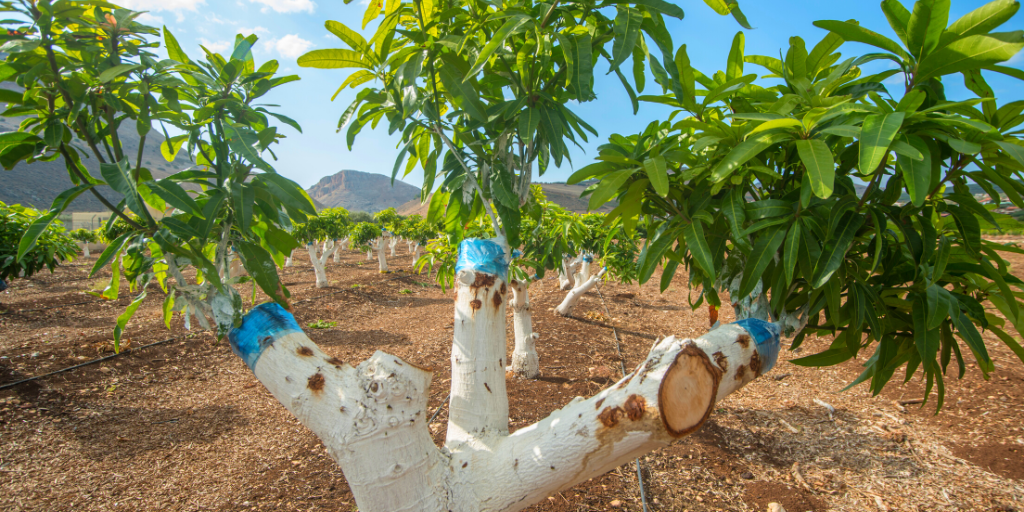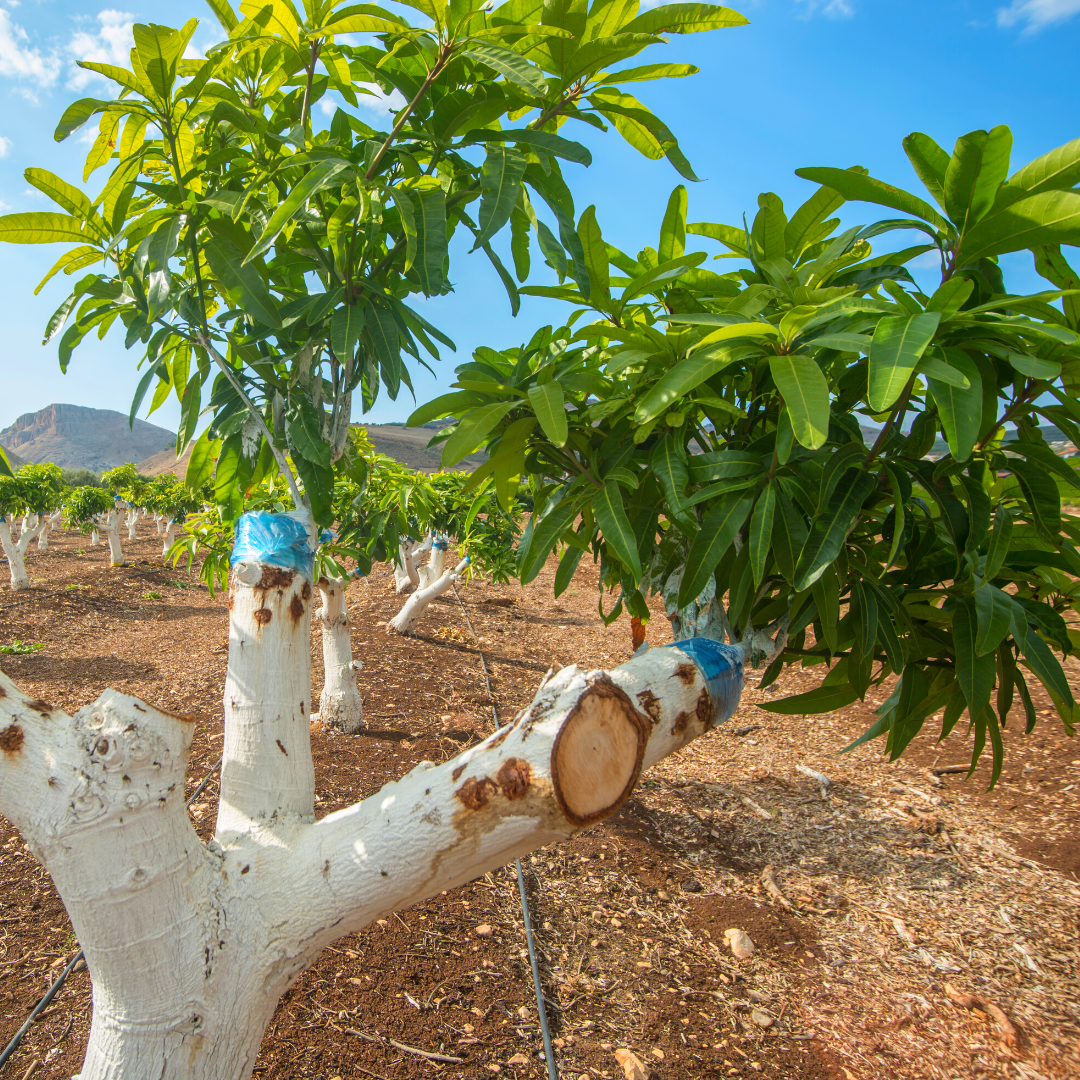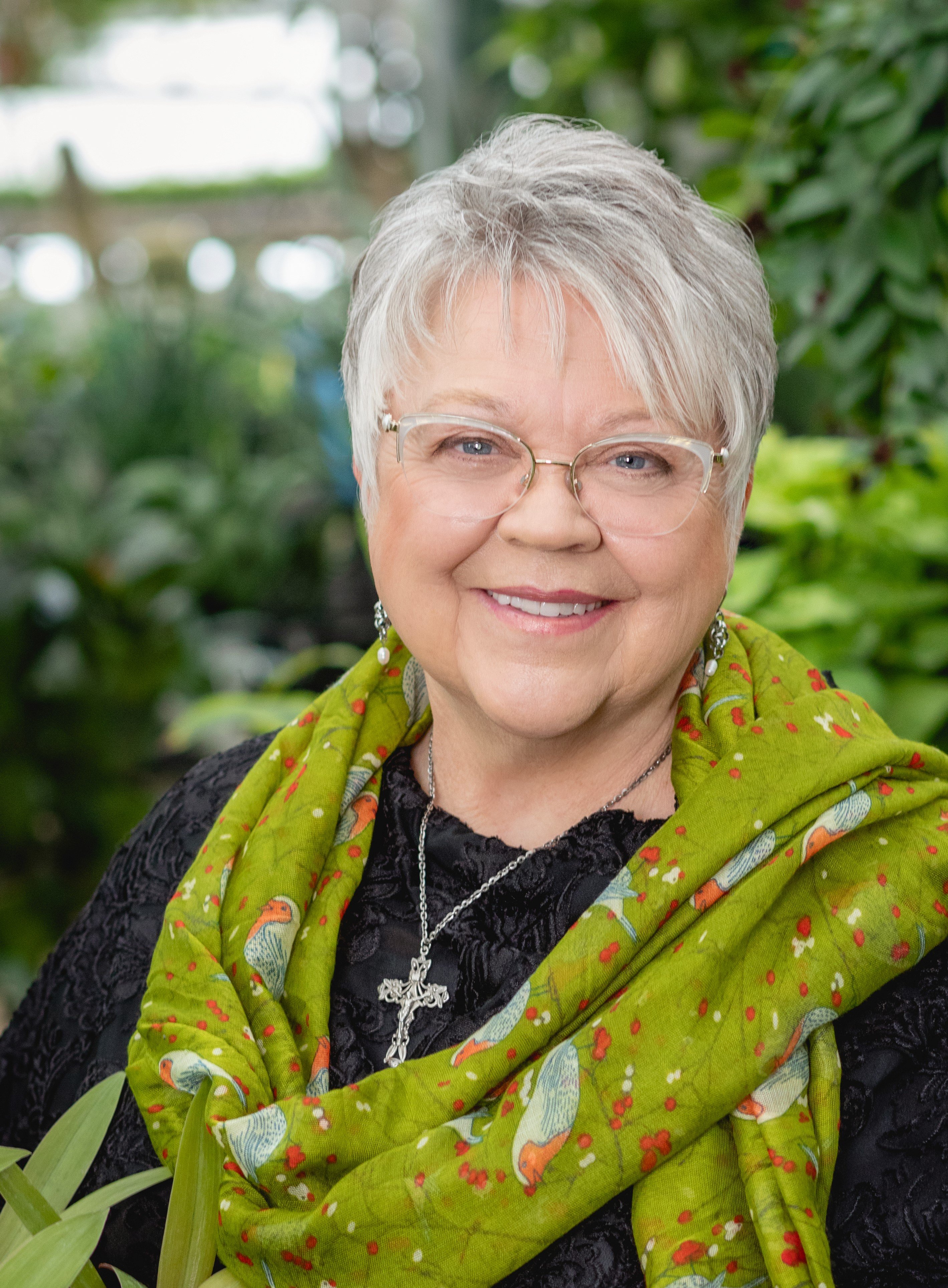
The practice of grafting plants reminds Margaret Rose Realy, Obl. OSB, how we are joined to Christ through His sacrifice.
Gardeners and non-gardeners are familiar with the concept of pruning. There are various reasons for pruning: restrict plant size or improve clearance and shape, remove dead wood or storm damaged branches, allow more light and air in to the interior, improve vigor, or encourage flowering and fruit. Pruning is a directional discipline—cutting back in such a way as to promote growth—that looks to the future vigor of the plant.
Grafting is very different, though it too looks to future growth. Stay with me now as I expound on this practice.
Grafting as a horticultural practice began about a 1000 years before the birth of Jesus. It involves the wounding of two vegetative parts and arranging them so they heal together as one. Then as now it uses a rootstock grounded in the soil and providing the nourishment to the tender scion that is attached and provides new growth.
There are several reasons for grafting plants.
There are plants that cannot be reproduced by any other means, from which cuttings will not root or whose seed does not hold true to its current form, reverting back to an ancestral form.
Grafting also makes it possible to combine certain traits like disease resistance, expanded hardiness, or increased flower or fruit production. This horticultural technique alters the characteristics of a plant, or used to continue the life of an older plant in danger of dying or dying out.
Grafting makes it possible to create a new plant that could otherwise not exist. But there’s a catch. Like most garden technique, there are failures, but success is obtained when two plants are closely related — as within a species.
Another thing about grafting is that when a graft knits together, the join is often stronger than the rest of the plant. Interestingly, each plant remains as it was; the separate identities coexisting in support of one another.
We as Christians are grafted into the Body of Jesus; He, wounded on the Cross, and we joined to him in our woundedness. We are stronger knit together—our humanness to His divinity—though still separate, together a productive fruitfulness.

Copyright 2022 Margaret Rose Realy, Obl. OSB
Images: Canva
About the Author

Margaret Rose Realy, Obl. OSB
Margaret Rose Realy, Obl. OSB lives an eremitic life and authored A Garden Catechism, A Catholic Gardener’s Spiritual Almanac, A Garden of Visible Prayer: Creating a Personal Sacred Space One Step at a Time, and Cultivating God’s Garden through Lent. An award-winning author, Margaret has a master’s degree in communications, is a Certified Greenhouse Grower, Master Gardener, liturgical garden consultant, and workshop/retreat leader.


.png?width=1806&height=731&name=CatholicMom_hcfm_logo1_pos_871c_2728c%20(002).png)
Comments